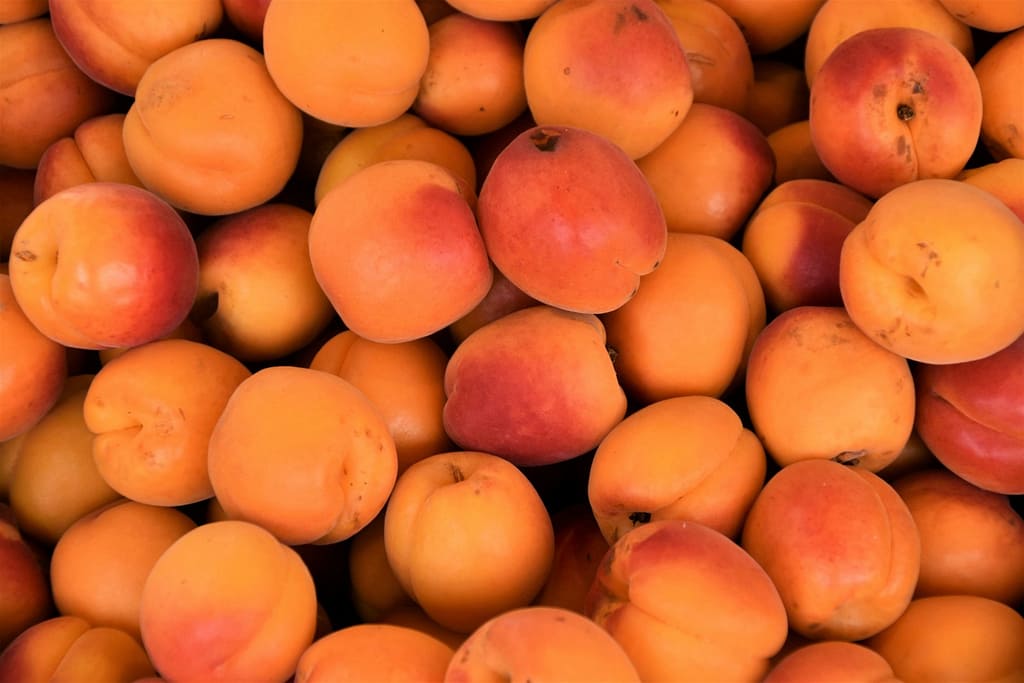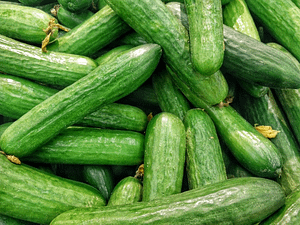
Cassava, also known as yuca, is a tropical vegetable that serves as a staple diet in many developed countries. With its starchy tall herbaceous roots, cassava is not only rich in carbohydrates but also offers a wide range of culinary possibilities. From boiling and steaming to frying, this versatile vegetable can be prepared in various ways to create delicious dishes.
One of the main uses of cassava is as a source of starch. The starch extracted from cassava plays a crucial role in the manufacture of tapioca pearls, flour, and various industrial products. Its unique properties make it a valuable ingredient in the food industry, providing texture and thickness to a variety of products.
However, it is important to note that not all parts of the cassava plant are safe for consumption. The roots, peels, and leaves of cassava should never be consumed raw. This is because they contain two cyanogenic glycosides called linamarin and lotaustralin. These compounds can be harmful to humans if ingested in their raw form.
Fortunately, nature has provided a solution to this potential health risk. Cassava contains an enzyme called linamarase, which naturally breaks down the cyanogenic glycosides into harmless compounds. When cassava is cooked or processed, the linamarase enzyme is activated, rendering the plant safe for consumption.
The Importance of Proper Cassava Preparation
Proper preparation of cassava is essential to ensure its safety and maximize its nutritional benefits. Here are some important steps to follow:
Peeling and Washing
Before cooking cassava, it is important to peel off the outer skin. This can be done using a knife or a vegetable peeler. Once peeled, the cassava should be thoroughly washed to remove any dirt or impurities.
Boiling
Boiling is one of the most common methods of cooking cassava. It not only softens the vegetable but also helps to eliminate any remaining cyanogenic glycosides. To boil cassava, simply place the peeled and washed roots in a pot of water and bring it to a boil. Cook until the cassava is tender and easily pierced with a fork.
Steaming
Steaming is another popular way to cook cassava. It is a healthier alternative to frying and helps to retain more of the vegetable’s nutrients. To steam cassava, cut the peeled and washed roots into smaller pieces and place them in a steamer basket. Steam for about 15-20 minutes or until the cassava is soft and easily mashed.
Frying
Fried cassava, also known as cassava fries, is a delicious and crispy snack. To make cassava fries, peel and wash the roots, then cut them into thin strips. Heat oil in a frying pan and fry the cassava until golden brown. Sprinkle with salt or any desired seasoning for added flavor.
Other Uses of Cassava
Besides its culinary uses, cassava has various other applications:
Industrial Products
The starch extracted from cassava is widely used in the production of industrial products. It serves as a thickening agent in the manufacturing of paper, textiles, adhesives, and even biofuels. The versatility of cassava starch makes it an essential ingredient in many industries.
Animal Feed
Cassava leaves and peels, which are not suitable for human consumption, can be used as animal feed. Livestock such as pigs, cows, and chickens can benefit from the nutritional value of cassava by incorporating it into their diet.
Medicinal Uses
Cassava has also been used for medicinal purposes in traditional medicine. It is believed to have various health benefits, including the treatment of diarrhea, dysentery, and even cancer. However, it is important to consult with a healthcare professional before using cassava for medicinal purposes.
Conclusion
Cassava, with its starchy roots and versatile uses, is a valuable tropical vegetable. From its role as a staple diet in many countries to its contribution to the production of industrial products, cassava has proven to be a versatile and important crop. However, it is crucial to remember that proper preparation is key to enjoying cassava safely. By following the necessary steps to remove the harmful cyanogenic glycosides, cassava can be transformed into a delicious and nutritious ingredient in various culinary creations.

